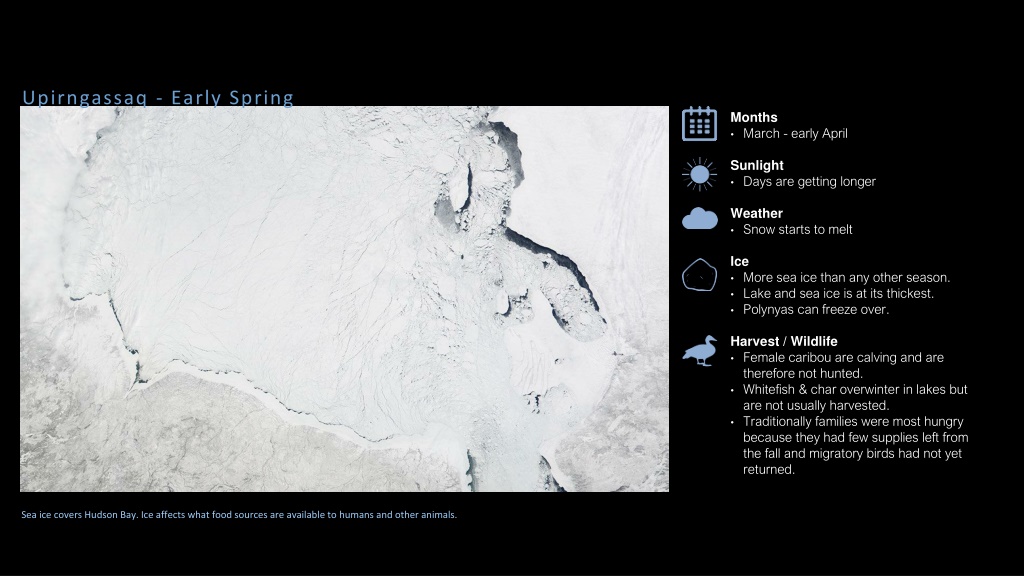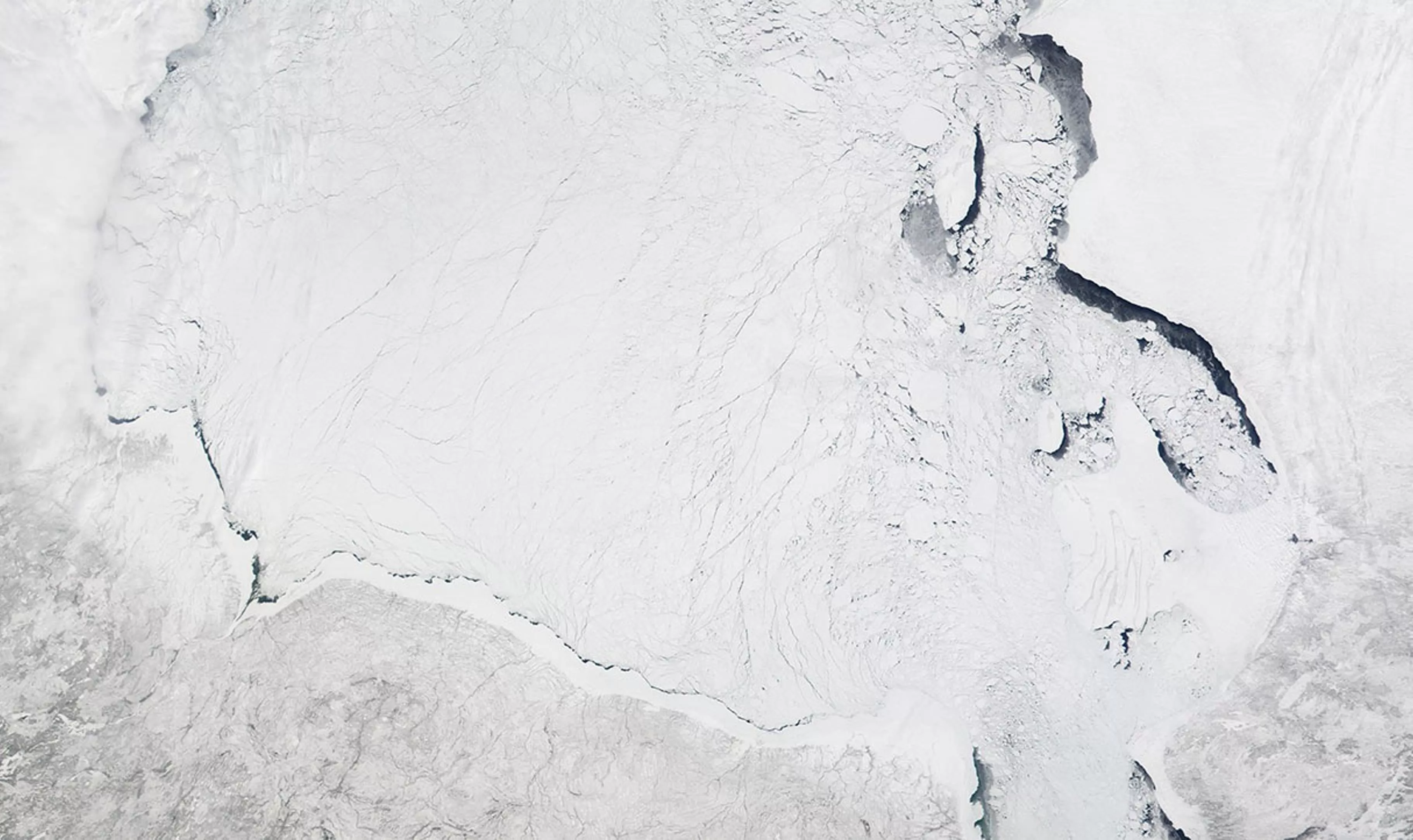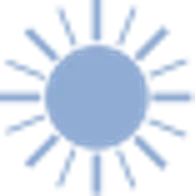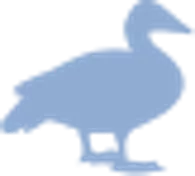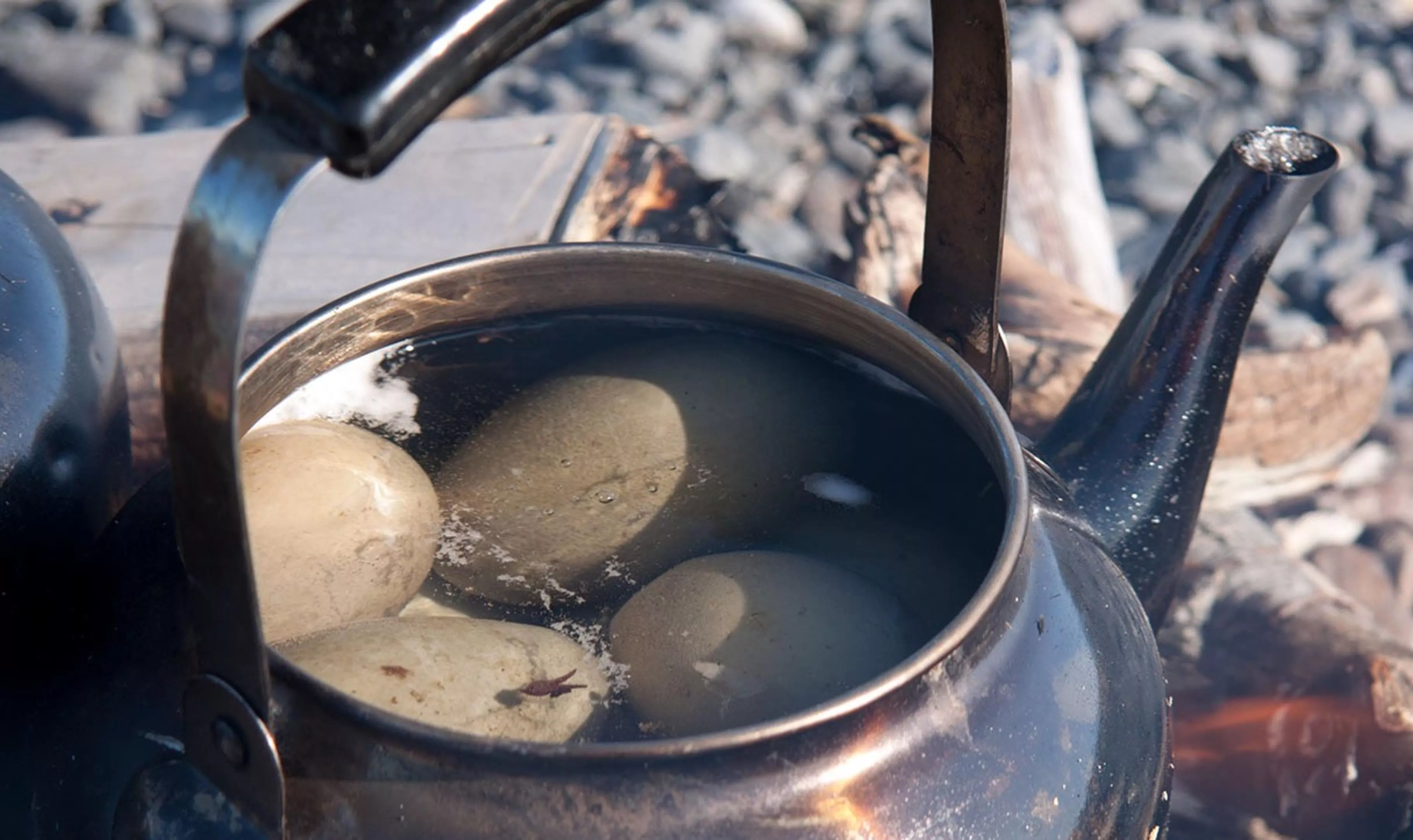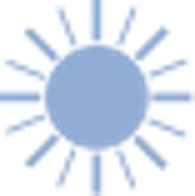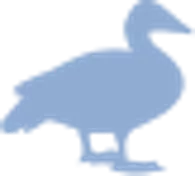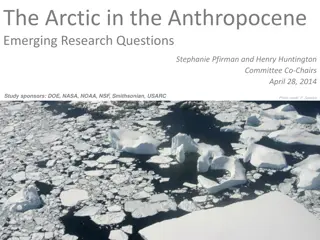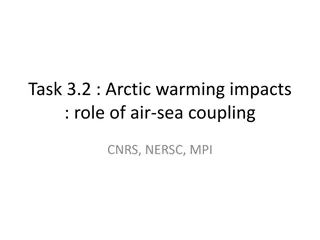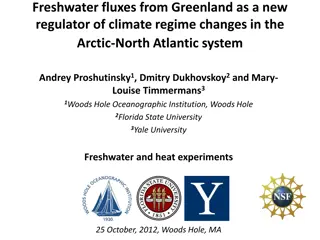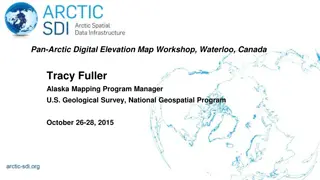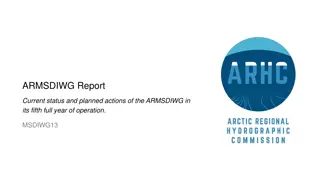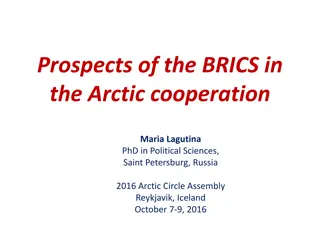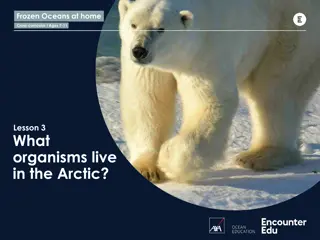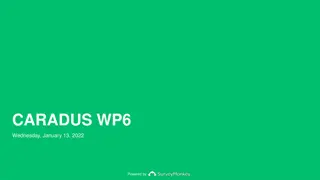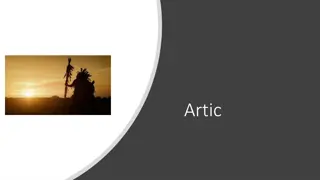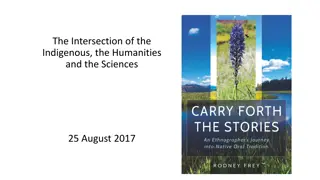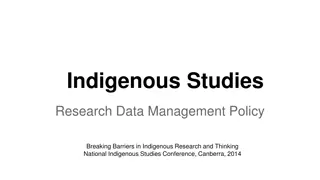Traditional Indigenous Seasons in the Arctic
The traditional Indigenous calendar in the Arctic is divided into five distinct seasons - Upirngassaq (Early Spring), Upirngaaq (Spring), Aujaq (Summer), Ukiassaaq (Early Fall), Ukiaq (Fall), and Ukiuq (Winter). Each season brings unique changes in sunlight, weather, ice conditions, harvest opportunities, and wildlife activities, reflecting a deep connection to the land and natural cycles. From the long days of Upirngassaq with melting snow to the frigid winter of Ukiuq enabling hunting on sea ice, these seasonal transitions shape the traditional way of life in the Arctic.
Download Presentation

Please find below an Image/Link to download the presentation.
The content on the website is provided AS IS for your information and personal use only. It may not be sold, licensed, or shared on other websites without obtaining consent from the author.If you encounter any issues during the download, it is possible that the publisher has removed the file from their server.
You are allowed to download the files provided on this website for personal or commercial use, subject to the condition that they are used lawfully. All files are the property of their respective owners.
The content on the website is provided AS IS for your information and personal use only. It may not be sold, licensed, or shared on other websites without obtaining consent from the author.
E N D
Presentation Transcript
Upirngassaq - Early Spring Months March - early April Sunlight Days are getting longer Weather Snow starts to melt Ice More sea ice than any other season. Lake and sea ice is at its thickest. Polynyas can freeze over. Harvest / Wildlife Female caribou are calving and are therefore not hunted. Whitefish & char overwinter in lakes but are not usually harvested. Traditionally families were most hungry because they had few supplies left from the fall and migratory birds had not yet returned. Sea ice covers Hudson Bay. Ice affects what food sources are available to humans and other animals.
Upirngaaq - Spring Months Late April - Early July Sunlight Longest day of the year around June 21st (Summer Equinox). Weather Warmer weather Ice Sea ice starts to break up. River ice breaks apart. Harvest / Wildlife Female caribou are calving and are therefore not hunted. Whitefish & char overwinter in lakes but are not usually harvested. Traditionally families were most hungry because they had few supplies left from the fall and migratory birds had not yet returned. Birds and their eggs are harvested in the spring. Here, eider duck eggs are cooked over a fire.
Aujaq - Summer Months Mid-July to August. Sunlight Days are still long. Weather Lots of rain helps tundra plants grow. Ice Ice has completely melted. Harvest / Wildlife Hunting for caribou on the mainland must be done by boat and ATV because of open water. Caribou are hunted by boat or ATV during aujaq when there is no ice.
Ukiassaaq - Early Fall Months Early September - October Sunlight Days start get shorter. Weather More rain. Starting to get colder. Ice Lakes & rivers start to freeze. Harvest / Wildlife Berries such as crowberries, cranberries, bearberries are ready to pick. Eider ducks are fat and good to hunt. An arctic fox is camouflaged against the snow as the ukiassaaq temperatures get colder.
Ukiaq - Fall Months November - early December. Sunlight Less and less daylight. Weather Snow & blowing snow. Fog. Ice Sea Ice begins to freeze. Harvest / Wildlife Ice is too dangerous to hunt on. Whitefish and char are fished. Eider ducks are hunted. Ice begins to form on the bay.
Ukiuq - Winter Months Late December - February. Sunlight Shortest day of the year around Dec 21, then days begin to get longer. Weather Very cold temperatures cause ice fog. Sunny. Ice Ice becomes thick enough for hunters to use their snowmobiles. Polynya are kept ice free by strong currents. Harvest / Wildlife Caribou, reindeer and polar bear hunting is possible on sea ice. Hunter fish arctic cod though holes in the ice. Eider ducks and sometimes beluga are found in polynyas. Seal can be hunted at their breathing holes. Thick ice in winter makes hunting for large mammals, such as polar bear, possible.
